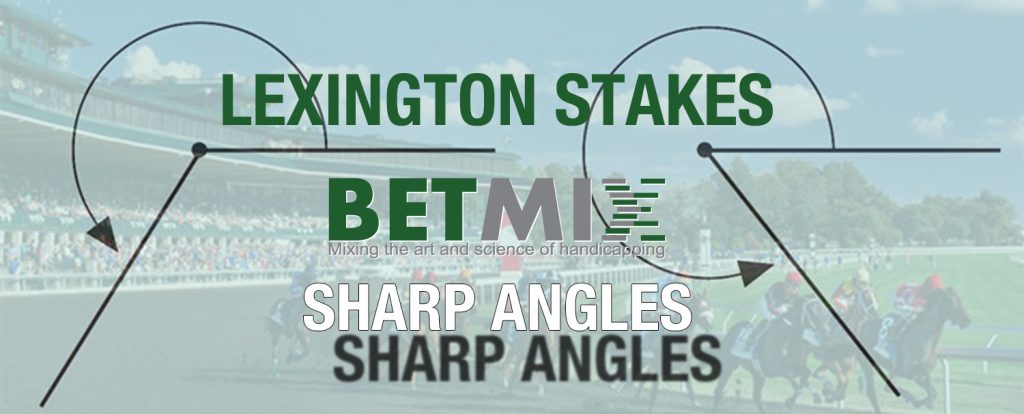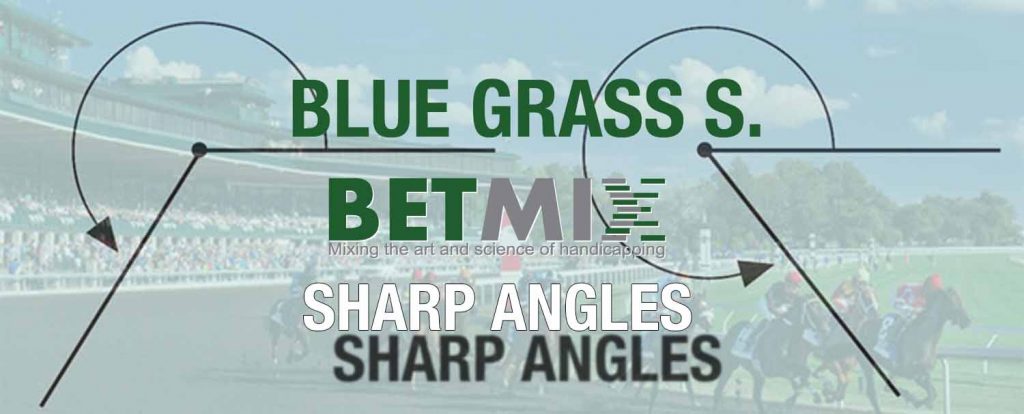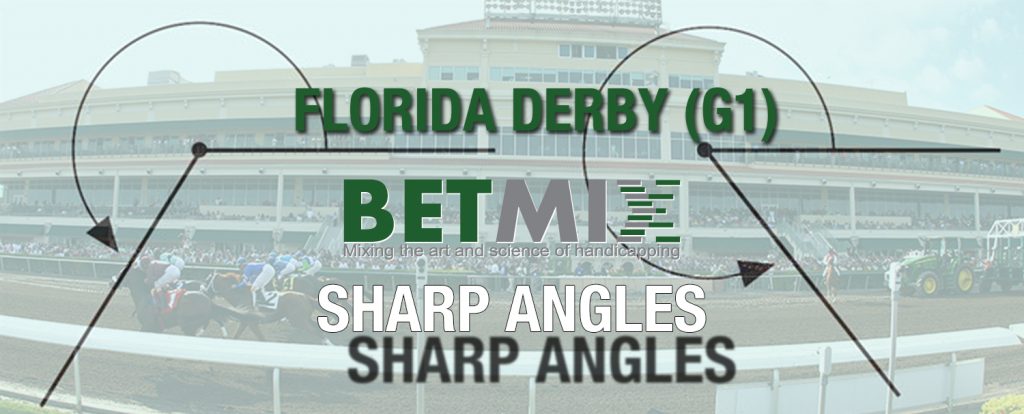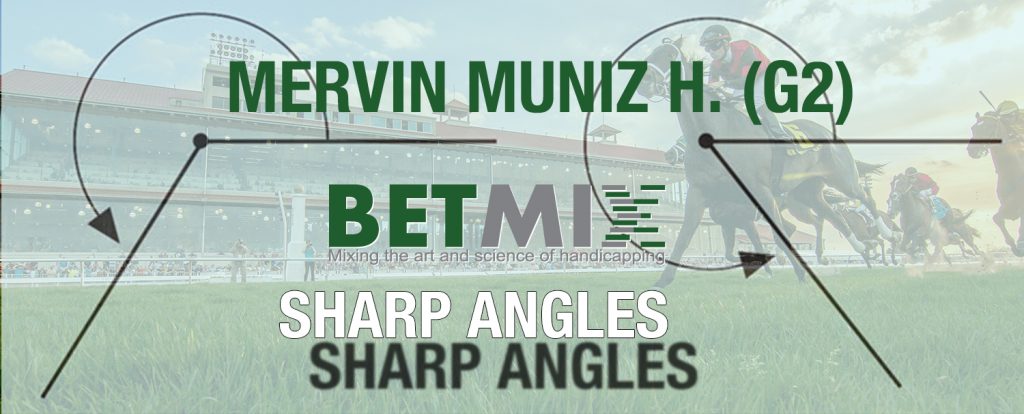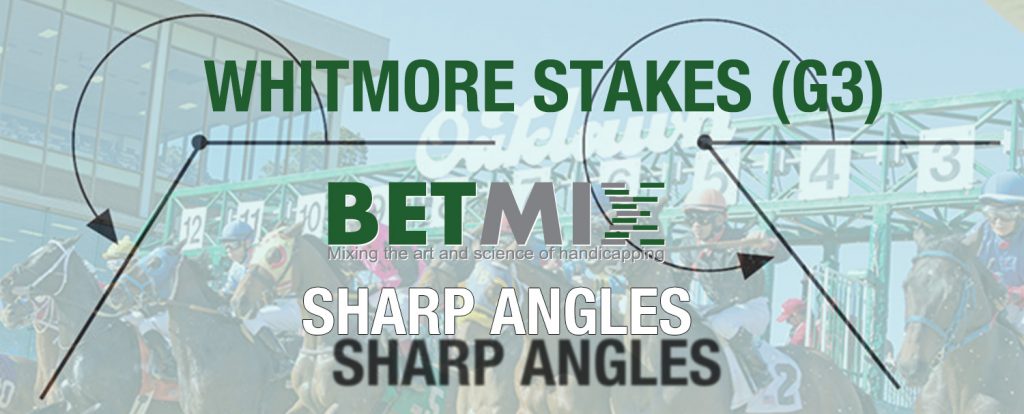April 18, 2022 | By Jeremy Plonk/www.horseplayernow.com
Originally published on www.xpressbet.com
Welcome to a continuing handicapping series for our Monday blog space, “Monday Myths.” Each week I’ll use the power of the Betmix database to take common handicapping assumptions and either support or dispel them with data. Betmix data powers the 1/ST BET app and its features like Angler and Birddog give data-minded horseplayers a treasure trove of information in which to query your own curiosities.
Assumption:
Three-year-olds dropping off the Triple Crown trail have a class advantage that wins allowance races.
Background:
With the slew of Triple Crown prep races nearly now all in the books, the successful runners move on to the main events. Those not successful will be seeking out more realistic spots for their gear-up to the rest of their careers, often in allowance races. But are those Triple Crown trail alumni really stockpiled in talent?
Data Points:
I dialed up the Betmix database to look at all April and May 3-year-old male allowance runners who last raced in a stakes, dating back 5 years to 2017. I wanted to see how successful they were in comparison to horses who were not coming out of the Triple Crown preps when matched up this time of year. I also wanted to see if those allowance horses bet to favoritism exiting the various class levels were any more or less trustworthy.
//
April & May 3YOs dropping from stakes to allowance won 16.6% with a $0.79 ROI for every $1 bet.
April & May 3YOs racing back in repeat allowance attempts won 14.7% with a $0.76 ROI for every $1 bet.
April & May 3YOs rising from maiden special weight to allowance attempts won 16.0% with a $0.79 ROI for every $1 bet.
//
April & May 3YOs dropping from stakes to allowance won 35.8% as favorites
April & May 3YOs racing back in repeat allowance attempts won 38.8% as favorites.
April & May 3YOs rising from maiden special weight to allowance attempts won 40.0% as favorites.
Bottom line:
Triple Crown trail stakes droppers won at a .6% higher rate in allowance races than maiden risers and 1.9% higher rate than those staying in the allowance ranks for a repeat effort. The Triple Crown trail droppers had an identical ROI to those rising from maiden races and both were $.03 better than allowance repeat runners. In terms of favorites, Triple Crown trail droppers were worst in the survey, 3 full percent below allowance repeaters and 4.2% lower than maiden risers bet to favoritism.
The numbers bear out that the Triple Crown trail class droppers aren’t any more profitable to bet, win at a negligible better rate, but are wrongly over-bet by the public in terms of favorites with the lowest rate.
Overall, the numbers say it’s a myth that the Triple Crown trail class droppers this time of year are strong allowance plays with any sort of advantage.
Additional details:
You can go into Betmix and run your own queries for a deeper dive into this theory and any that you can create. For instance, sort by tracks and races to see if any particular races historically have been better when its races’ also-rans drop into allowance company.


